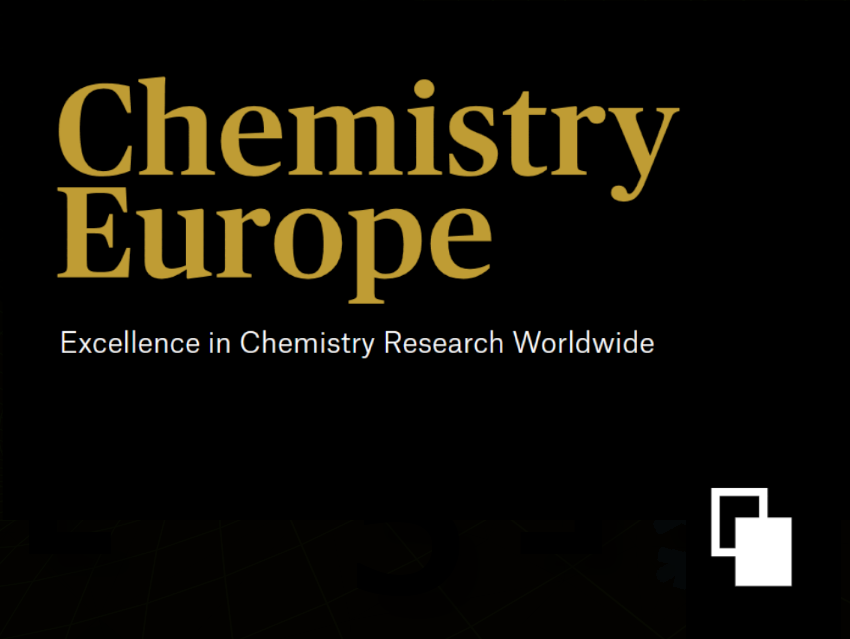Just published articles from ChemistryEurope, the flagship journal of Chemistry Europe
ChemistryEurope publishes high-quality research from all areas of chemistry and related fields. As an open access platform, it highlights chemistry’s central role in science and features original, impactful work from leading authors worldwide.
The list will be updated continuously.
- Feed has no items.




